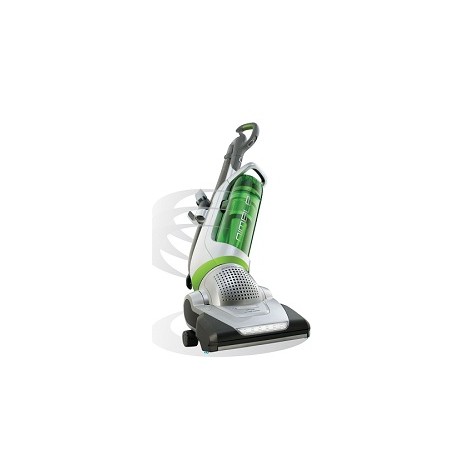

Fensa, Chilean consumer appliance brand, widely available in Latin America.Eureka, American consumer vacuum cleaner brand, Sold to Midea, China in 2016.Electrolux ICON, premium consumer appliance brand sold in the US.Anova Applied Electronics, Inc., provider of the Anova Precision Cooker.Most of them were acquired through mergers and acquisitions and only do business in a single country or geographic area. Notable products Įlectrolux sells under a wide variety of brand names worldwide.
Electrolux nimble vacuum professional#
On March 23, 2020, Electrolux completed the spin-off of its professional division, which the separated company incorporated as Electrolux Professional AB. On February 6, 2017, Electrolux announced that it had agreed to acquire Anova Applied Electronics, Inc., the U.S.-based provider of the Anova Precision Cooker. In August 2011, Electrolux acquired from Sigdo Koppers the Chilean appliance manufacturer CTI obtaining several brands with the purchase including: Fensa, Gafa, Mademsa and Somela. Keith McLoughlin took over as president and CEO on January 1, 2011, and became the company's first non Swedish chief executive. Electrolux USA customer service maintains a database of Electrolux made vacuums and provides a link to Aerus's website for the convenience of owners of Electrolux branded Aerus vacuums. Ĭonversely, Electrolux-made vacuums carried the Eureka brand name, which Electrolux continued to use while also selling Electrolux branded vacuums after 2000. In 2000, Aerus transferred trademark rights back to the Electrolux Group, and ceased using the Electrolux name in 2004. In North America, the Electrolux name was long used by vacuum cleaner manufacturer Aerus LLC, originally established to sell Swedish Electrolux products. Electrolux is an OMX Nordic 40 constituent stock.

Ĭurrently, its shares trade on the NASDAQ OMX Nordic Market and over-the-counter. 1937 Brooklyn MuseumĮlectrolux made an initial public offering on the London Stock Exchange in 1928 (it was delisted in 2010) and another on the Stockholm Stock Exchange in 1930. Vacuum cleaner designed by Lurelle Guild ca. While attempts to cut costs, centralise administration, and wring out economies of scale from Electrolux's operations were made in the 1960s and 1970s with the focus so firmly on growth, further company-wide restructuring efforts only began in the late 1990s. Hans Werthen, President and later chairman of the board, led the strategic core of an increasingly decentralized Electrolux-and was instrumental to its rapid growth.

This style of growth continued through the 1990s, seeing Electrolux purchase scores of companies including, for a time, Husqvarna.

The company bought ElektroHelios, Norwegian Elektra, Danish Atlas, Finnish Slev, and Flymo, et al., in the nine years from 1960 to 1969. While Electrolux had bought several companies before the 1960s, that decade saw the beginnings of a new wave of M&A activity. The company has often and regularly expanded through mergers and acquisitions. Other appliances soon followed, including washing machines in 1951, dishwashers in 1959, and food service equipment in 1962. In 1923, the company acquired AB Arctic and subsequently added absorption refrigerators to its product line. It initially sold Lux branded vacuum cleaners in several European countries. In 1919, a Svenska Elektron AB acquisition, Elektromekaniska AB, became Elektrolux (the spelling was changed to Electrolux in 1957). The origins of Electrolux are closely tied to the vacuum, but today it also makes major appliances. The company originates from a merger of two companies-Lux AB and Svenska Elektron AB, the former an established manufacturer and the latter a younger company founded by a former vacuum salesman who had also been an employee of the former firm. The Autoluxlamp, a kerosene lamp manufactured by Lux and used in railway stations around the world in the early 20th century.


 0 kommentar(er)
0 kommentar(er)
